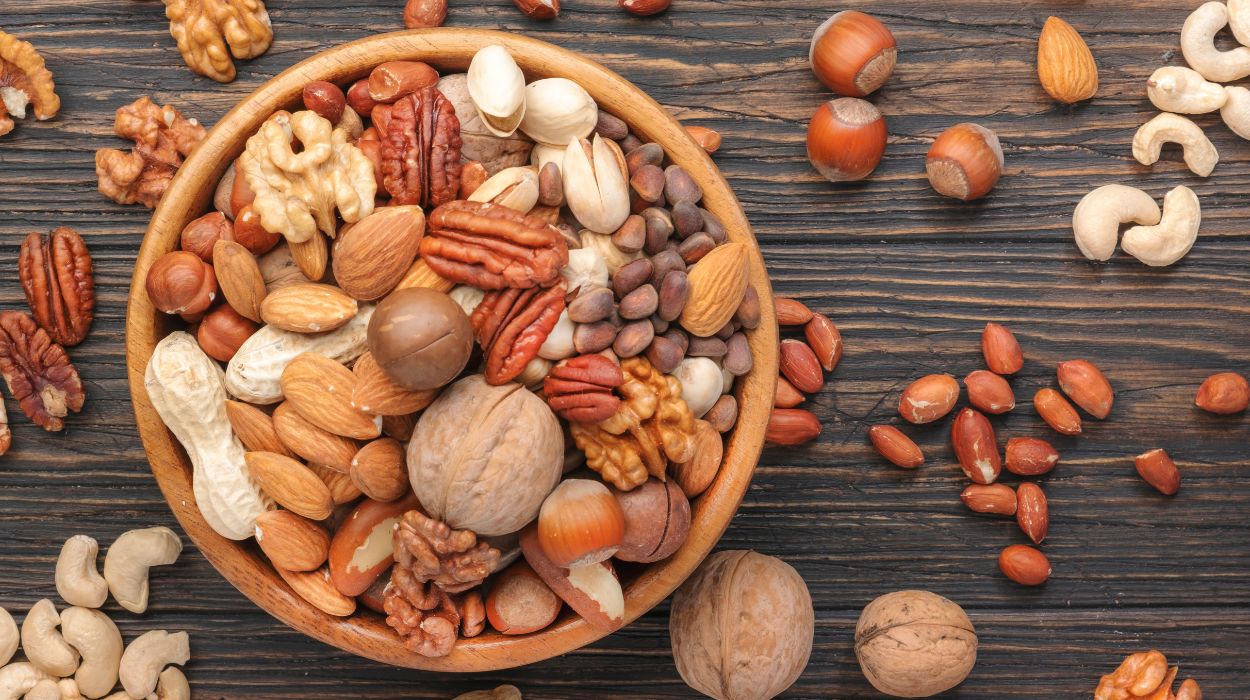NESTING? 7 STEPS TO A SAFER NURSERY
If you’ve reached the moment in your pregnancy when you’re thinking about setting up baby’s room, here’s how to make it as pure as can be. For more ideas, check out our free e-book. And always keep in mind that when it comes to gear for a baby, less is truly more.
1. Choose no or at least low-VOC paint
Traditional paints include volatile organic compounds (VOCs) to keep ingredients dissolved evenly and to help the finished product dry. These VOCs can affect your baby’s health. Since paints can continue to emit VOCs for months after they’ve been applied, it’s best to choose low- or no-VOC varieties or alternatives like milk paints. It’s also advisable to have someone other than mom applying the paint, especially if scraping of old paint—which may or may not be lead-based—is involved prior to application of new paint. Hiring a trained professional is the safest way to go, especially if you don’t know if there are layers of lead paint in your home.
2. Opt for solid wood furniture
Many furniture products are constructed with pressed wood, plywood, particleboard, and/or chipboard. These materials are made from lumber scraps glued together under pressure to create boards. These products typically emit formaldehyde, an indoor air pollutant found in their glues that has been linked to greater risks of infant respiratory tract infections, asthma, and other illnesses. They can be identified at their unfinished edges, which will reveal layers or what looks like wood shavings or sawdust. Selecting solid wood furnishings with water-based finishes eliminates the issue. If you’re interested in hard wood antiques, beware any with chipped or crackling old paint. It could be lead paint. Bare is best.
3. Invest in a safe crib mattress
Since your baby will be spending 14 to 16 hours a day sleeping—if you’re lucky—a healthy mattress should be a priority. Look for one made from untreated natural fibers that isn’t wrapped in polyvinyl chloride, a source of phthalate exposure, and one that hasn’t been treated with flame retardants. The best choices are an organic and/or a Greenguard Certified mattress. Outside your budget? Ask your friends and family to chip in and make it a collective baby shower gift. It’s the most important one they could give and your baby will be on it for several years.
4. Go with a wood floor
When you think of a baby learning to crawl and walk, carpeting’s softness is tempting. Resist the allure; the flame retardants, stain repellents, and other treatments that carpets and carpet foam padding receive create a toxic environment in the very place your baby will spend most of her waking nursery hours. They also trap dust and dust mites—an asthma trigger. Wood flooring with a water-based finish is a better, easy to clean option. Cover with machine washable rag rugs made from untreated natural fibers. If you still want carpet, or wood floors are not an option, look for natural fiber products that meet sustainable carpet standards and won’t add to indoor air pollution.
5. Keep the electronics in another room
The subject of electromagnetic fields (EMFs) and human health is controversial. Some say the small zones of enhanced electromagnetism that surround electronic devices are harmless. Others disagree. While the science is far from conclusive, there is evidence suggesting that infants exposed to EMFs may face a greater risk of leukemia, heart rate changes, and other health effects. Until more is known, we recommend a precautionary stance that keeps all electronic devices away from your newborn. You’ll of course want a baby monitor in your nursery, but make that the only device and place it as far away from the crib as possible.
6. Let fresh air in
According to the EPA, the air inside the average home is 2 to 5 times more polluted than the air outside thanks to fumes emitted by furnishing and other items including household cleaners, combustion devices like stoves and furnaces, and bacteria and molds. The best solution is the simplest. It’s also free: Just open up the windows and let fresh air into the nursery as frequently as you can, even in the winter. And makes sure pollution levels are low in the first place by keeping all synthetic chemical products like cleaners, pesticides, and personal care items out of the room.
7. Avoid toxic toys
The typical baby has a natural instinct to explore the world via her mouth, and that makes toys a common source of toxic exposures. Possible hazards include phthalates found in soft vinyl toys, lead in paints and plastics, and organotin compounds used in harder types of vinyl. One easy way to keep playtime safe is to avoid plastics. If you can’t abandon them entirely, choose types 2, 4, or 5. Better options include unpainted wood toys or some cloth and plush toys. Remember that sometimes the best teethers and toys are everyday household items. A frozen washcloth is an easy teether and babies love playing with food storage containers, wooden spoons, and pots and pans.
+ Sources
Health Canal avoids using tertiary references. We have strict sourcing guidelines and rely on peer-reviewed studies, academic researches from medical associations and institutions. To ensure the accuracy of articles in Health Canal, you can read more about the editorial process here


